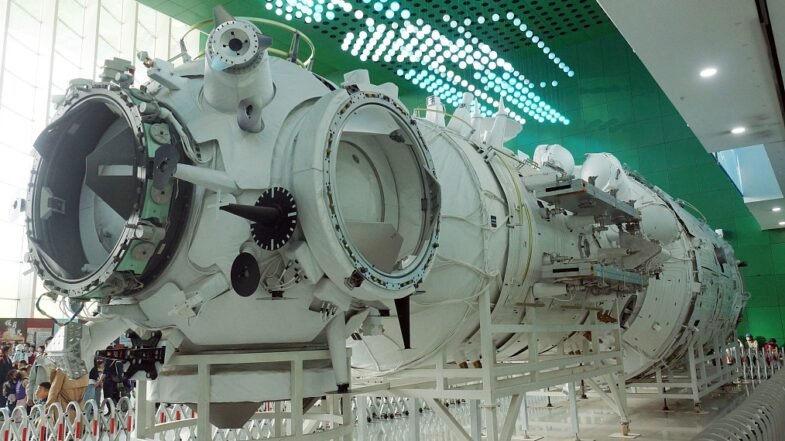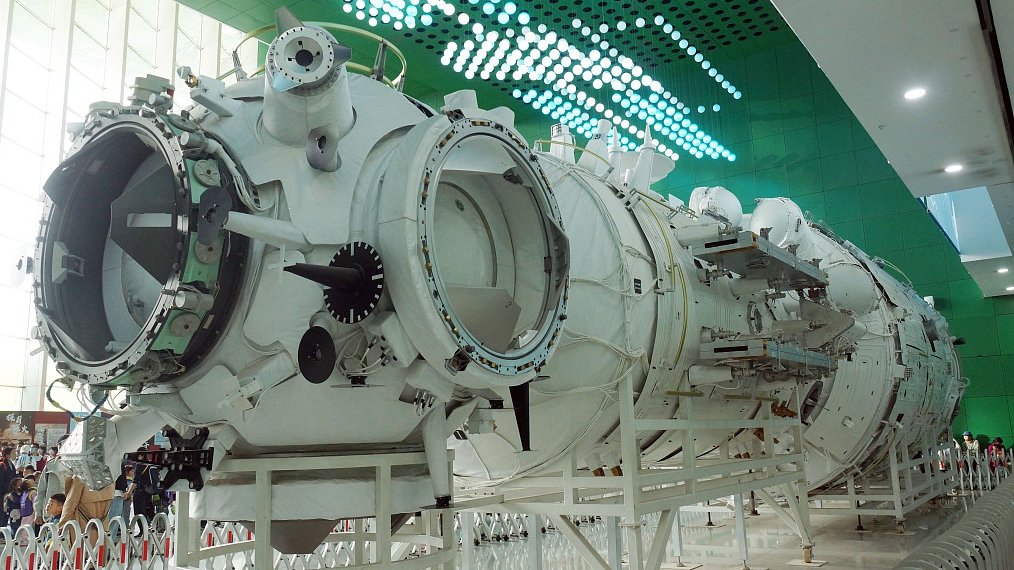The China Science and Technology Museum in Beijing has a free public opening for a science popularization exhibition on China’s crewed space programme and applications.

The China Science and Technology Museum in Beijing has a free public opening for a science popularization exhibition on China’s crewed space programme and applications. It is the first science popularization exhibition in the nation with a focus on space applications and science.
The exhibition space is approximately 2,000 square metres, and it contains five sections, more than ten theme scenes, and more than thirty exhibition items. The original scientific experiment cabinet and Arabidopsis plants cultivated from space station seeds are on display to the public for the first time.
The science popularization exhibition offers interactive and immersive experiences, such as “Shenzhou Spacecraft” and “Moon Homeland,” through immersive, digital, and other technologies.
The China Science and Technology Museum and the Technology and Engineering Center for Space Utilization under the Chinese Academy of Sciences are the sponsors of the exhibit. From April 29 to June 15, it is free to the general public.
The People’s Republic of China’s national academy for natural sciences is the Chinese Academy of Sciences. It was formerly known by that name and has historical roots in the Academia Sinica during the Republican era.
The academy serves as the country’s scientific think tank and academic governing body, offering advisory and evaluation services on matters related to social development, science and technology advancement, and the national economy.
Its main office is in Beijing’s Xicheng District, and there are branch offices all over China. Additionally, it has produced countless businesses, with Lenovo being one of the most well-known.
According to the official website of the Beijing government, the China Science and Technology Museum, which was founded in 1988 in Beijing, China, is “the only comprehensive museum of science and technology at national level in China.”
The museum was established in 1988 and expanded in 2000 at a location on Beijing’s 3rd Ring Road, according to China Internet Information Center. Popular science exhibits, Astro-vision film shows, training-based educational programmes, and experiment-based exhibition programmes were among its activities.
